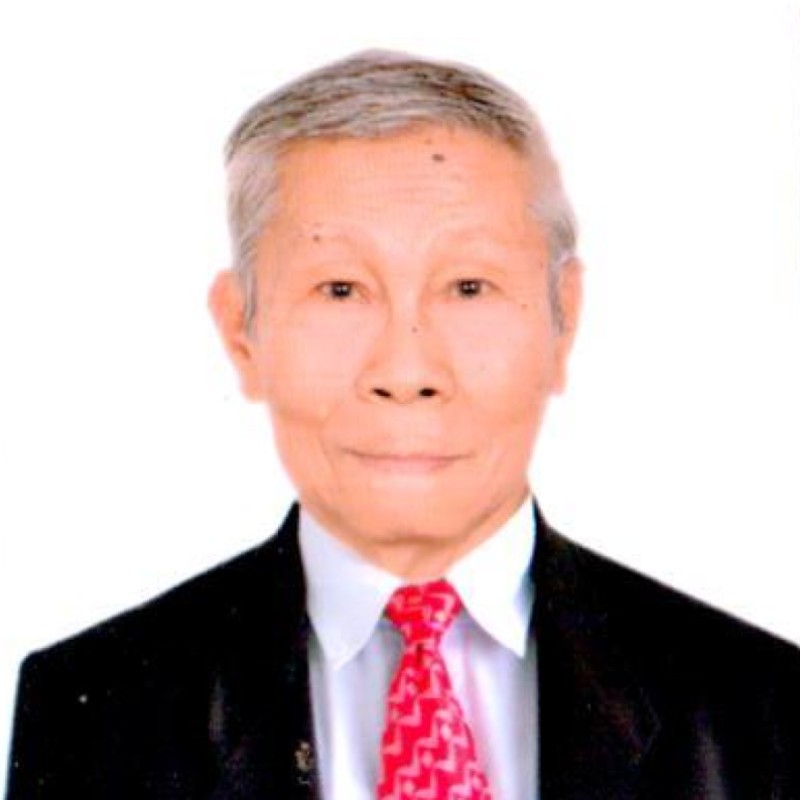GLIMPSES & GAZES
By Severino C. Samonte
How older Novaliches residents shed off unsavory alias names
Share
I was born eight decades ago in a sleepy barrio of the former agricultural town of Novaliches, shared since 1948 by Quezon City and Caloocan City, two of the largest and most progressive cities in Metropolitan Manila at present.
My growing-up years coincided with the time when many of the inhabitants of my erstwhile town comprised farming families owning several carabaos and cows as they were then tilling more than 10,000 hectares of rice fields.
Some families also owned horses and raised goats, pigs, ducks and chickens for their milk, meat and egg needs.
While I was in the elementary and high school, I began noticing that many of the family heads in our place, in addition to their traditional first and family names, often had "assumed or alias or also known as (aka)" names, oftentimes not nice to hear.
By using such "aka" or assumed names, they were easily identified in the place by strangers looking for them.
Such unpleasant aliases included common Tagalog words such as "kabayo" (horse), "gata" (coconut milk), "palayok" (pot), "kambing" (goat), "baboy" (pig), "asuwang" (vampire) "pato" (duck), "bagyo" (typhoon), "pulgas" (louse), "galapong" (powdered wet rice), "kalakian" (male carabao), "bayawak (lizard), "sapatos" (shoes), "patis"(brine), pugo (quail), "bangus" (milkfish), "pagong" (turtle), "bulig" (a small mudfish), and "balangkas" (house or building plan).
These words were normally attached or added as an adjective to the first names of male persons in the locality to make their identification easier.
For example, when a carabao of a farmer got astray and was found in a neighboring barrio, such work animal was usually identified as owned by someone more known as "Tonyong Kambing" in the locality.
Whenever someone came around asking for a resident of a certain place, the stranger was usually asked in turn about the alias name of the man he was looking for.
One thing surprising about these unsavory assumed names was that many of those who were addressed as such seemed to have appreciated them rather than feeling insulted or being despised.
Some of those who used to have such unpleasant assumed names were uncles or relatives of this writer. They included "Tanasyons Ubag" (a kind of edible root crop), "Andoy Balunbalonan" (an inner part of a chicken), or "Selong Karayom" (a needle).
As the population of Novaliches began to increase rapidly since the 1960s, the use of such alias or "aka" names began to be discarded by former farm families. When the family heads died, the assumed names also began to fade away and the community soon forgot about them.
The development of rice fields in Novaliches into subdivisions, factory sites and other housing projects and shopping malls also caused the gradual disappearance of farmers and carabaos from the area and were subsequently replaced by numerous motor vehicles of various types and sizes.
These are now causing monstrous traffic problems in the former Novaliches town which many local residents consider as the traffic capital of Metro Manila.
Incidentally, there was also a time when Novaliches served as the "egg, meat, fruit, and vegetable basket" or the source of these farm products for residents of both QC and Caloocan City. That was until the early 1970s when Novaliches was still considered the "bukid" or farm area of its two mother cities.
The southern parts of both Quezon City and Caloocan at the time were already commercially developed and no longer fit for growing or raising farm products.
The then sparsely-populated barangays of Novaliches belonging to Quezon City were Nagkaisang Nayon, Capri, Novaliches Proper, San Agustin, San Bartolome, Kaligayahan, Santa Monica, Pasong Putik, Santa Lucia, Gulod, Bagbag, Talipapa, Sauyo, Pasong Tamo, Tandang Sora, Culiat, Sangandaan, Baesa, Balong Bato, Kangkong, and Unang Sigaw.
On the other hand, the Novaliches side that belonged to Caloocan included barangays Bagbaguin, Caybiga, Llano, Deparo, Bagumbong, Camarin, Bagong Silang, Tala, Malaria, Pangarap, Makatipo, Amparo, half of Baesa, Sta. Quiteria, and Talipapa.
These barangays also used to be called the "Sabah" of Caloocan for being detached from mainland Caloocan and cannot be reached by city officials without passing through portions of the adjoining cities of Malabon, Valenzuela, and Quezon from the Bonifacio monument in Grace Park and Balintawak.
Also at that time, both sides of the narrow Quirino Highway from Balintawak, Quezon City to San Jose del Monte (now a city of Bulacan province) and Tandang Sora Avenue from Balara, Diliman, to Quirino Highway in Barangay Sangandaan and Sta. Quiteria were still dotted with rice fields and forests.
The same was true with General Luis Street from Malinta, Valenzuela City; Susano Road from Novaliches-Bayan, and Zabarte Road to Camarin, North Caloocan.
The two sides of the northern half of the present Commonwealth Avenue were then victual wilderness serving as pasture land of rich families and politicians owning cattle and carabaos for milk and meat purposes, and even horses for racing.
At present, almost all rice fields and forests in Novaliches have been converted into sites for subdivisions, factories, shopping malls, and other commercial uses.
Even the former Girl Scouts of the Philippines (GSP) national camp along Quirino Highway in Barangay San Bartolome is now SM City Novaliches Mall.
Comments
About the Columnist

He began his journalistic career by contributing to the Liwayway and Bulaklak magazines in the 1960’s. He was the night editor of the Philippine News Service when Martial Law was declared in September 1972. When the Philippine News Agency was organized in March 1973, he was named national news editor because of his news wire service experience.
He retired as executive news editor in 2003. He also served as executive editor of the Malacanang-based Presidential News Desk from 1993 to 1996 and from 2005 to 2008.
